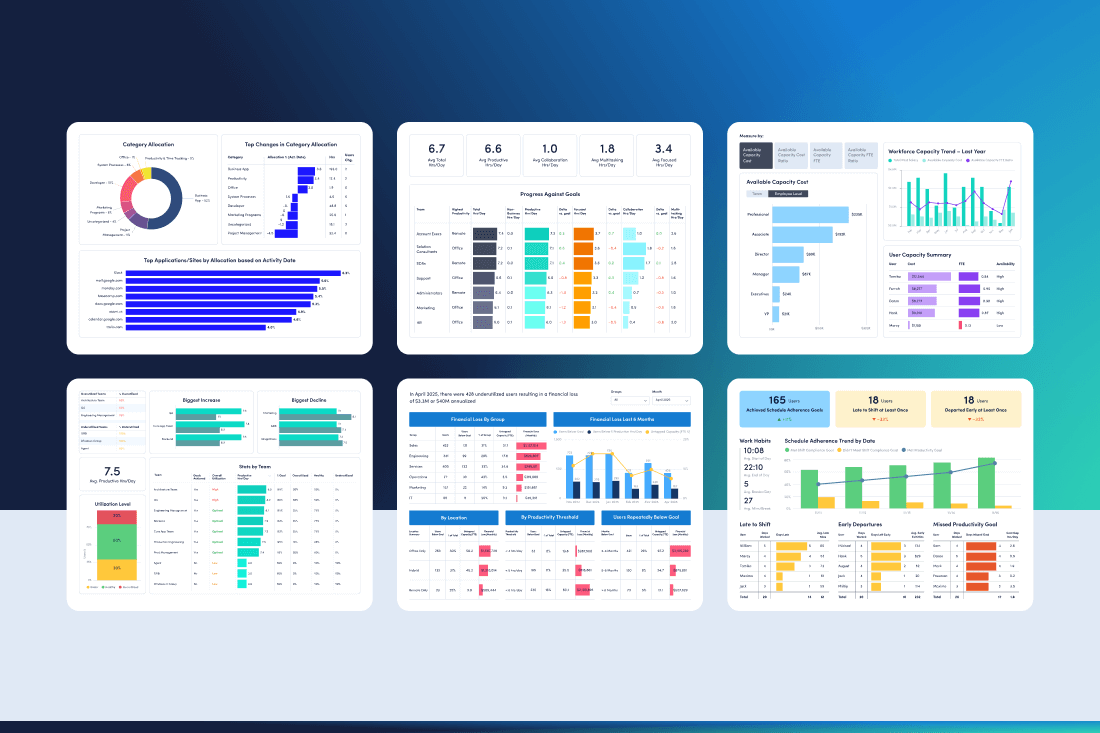Remote workforces are growing dramatically as the needs of consumers and companies are changing. More and more environments have gone digital (the classroom, the doctor’s office, shopping). And companies are looking for the best talent and work environment that fit their goals. A recent study by Upwork from their Future Workplace Report found that 5x the number of hiring managers expect more of their team to work remotely in the next 10-years. More remote work means more remote workforce management, and if a company has had a traditional office environment, embracing and understanding remote workforce management can be a challenge.
Understanding the Nuance of Software Tools and Performance for Remote Workforces
Building your company’s portfolio of software tool’s may sound simple enough – share cloud server access and make sure everyone has the same communication tools installed. But there’s more nuance to follow when transitioning to a remote workforce to ensure everyone is productive and data is secure. Depending on where your team is located, you may run into licensing issues with remote employees in another country or bandwidth problems that can make work slow. You also want to make sure employees only have access to the data they need on shared servers. This means having layered verification in your tools.
The most accurate way to ensure your remote employee’s software tools are working as they should is with data about their workflow. Learn how ActivTrak gives managers the insight they need to find bottlenecks in workflows to keep everyone productive and eyes activities to keep data secure.
Adapting Communication Policies for Remote Workforces
One of the biggest challenges that companies face when expanding a remote workforce is maintaining productive communication. In-person meetings, video meetings, dial-in meetings, emails and messaging all have their own unique advantages and disadvantages on their own, and they get significantly more complicated when you have to constantly mix communication types. It’s easy for information to get lost or misunderstood between people who are physically in the meeting space and those who call in. Certain physical signals are lost in translation and work can suffer.
Developing communication policies for remote employees will require a deeper understanding of how company meetings affect workflows. For example, if your have a mix of members on a project who attend in-person meetings and video calls, you’ll want to observe how efficiently members are in getting straight to work and completing their tasks. Questions to answer are:
- Are there follow-up emails with questions about the project after the meeting?
- How often do members need to refresh their notes while working?
- How often is there communication between members about the project after the meeting?
- How long does it take members to get work done and how accurate is the work to the requirements?
Understanding the answers to these questions will require more than what answers on a survey or interview can provide. You’ll need measurable insight into how work is being performed. We can show you how to discover the gaps in productivity and better understand the work patterns that are most effective in getting work done.
Transitioning your company into a remote workforce is a process that will take time to perfect and we can help. The state of remote work has improved tremendously over the last decade with advances in communication technology, work culture shifts, and talent growth. Companies should continue to look to data to help them refine their remote work policies and tools to improve work efficiency.





